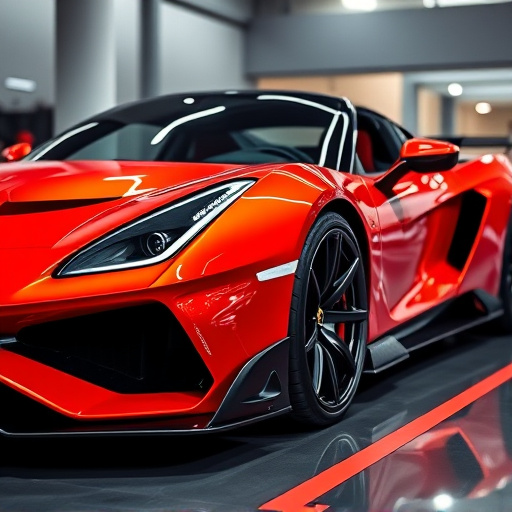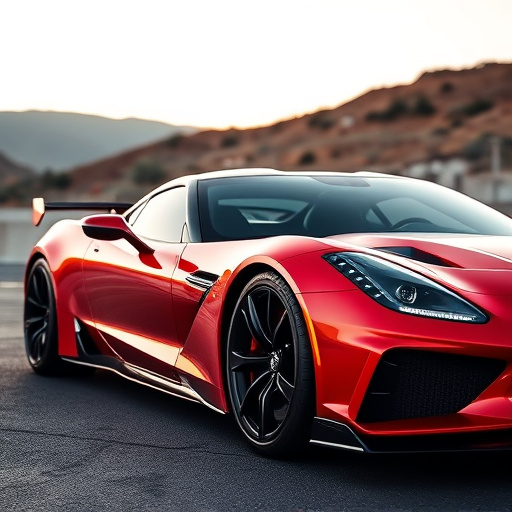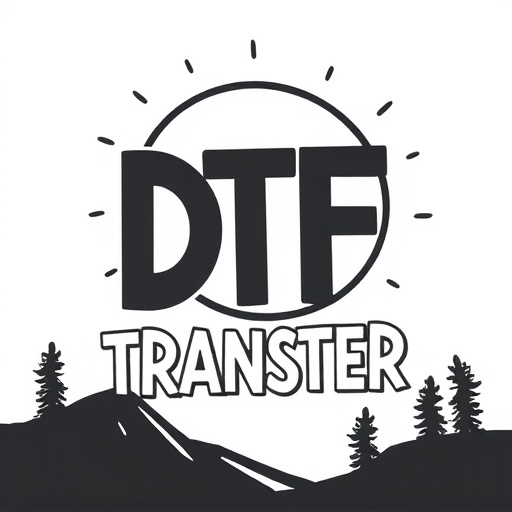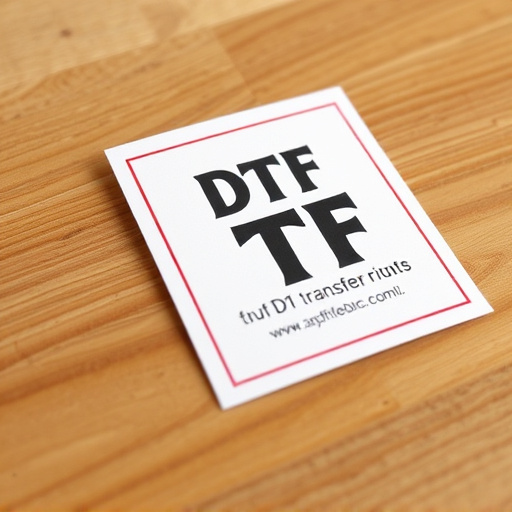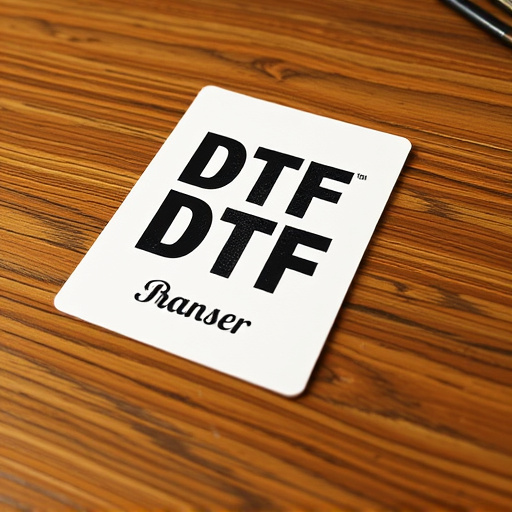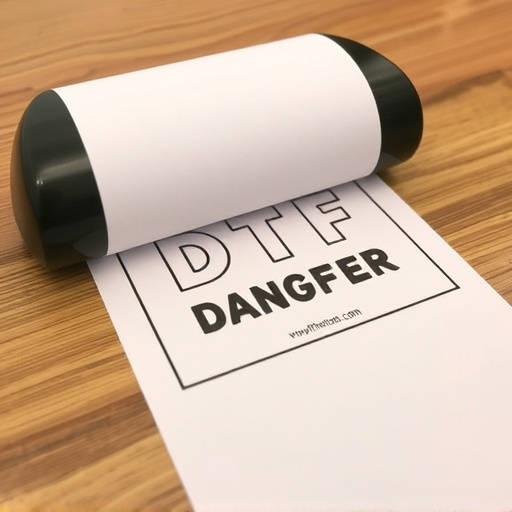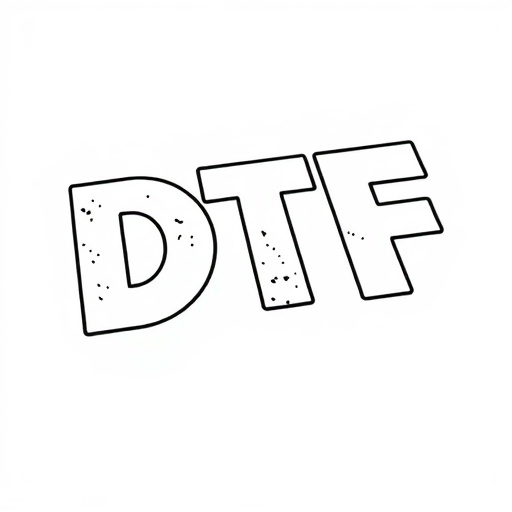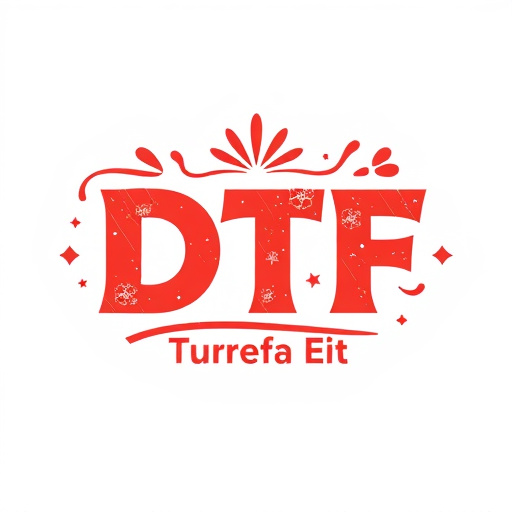Direct-to-film (DTF) transfers revolutionize cinematography by bypassing digital intermediary steps, capturing and transferring images directly to film stock. Filmmakers control crucial aspects like aspect ratio, frame size, and resolution through precise measurements, tailored to diverse artistic visions and viewing experiences. DTF transfers vary in dimensional measurements, from compact 35mm and 16mm formats to expansive 70mm and oversized prints, offering accessibility, affordability, enhanced detail, and immersive cinematic displays. Resolution choices balance quality and file size, influencing visual experience and logistical needs. Larger sizes excel outdoors for visibility and durability, while smaller prints are ideal for indoor viewing. Future advancements in resolution, larger formats, and miniaturized equipment promise to revolutionize DTF technology, enhancing creative expression and viewer experiences.
Direct-to-film (DTF) transfers have evolved significantly, with dimensional measurements playing a crucial role in their quality and application. This article delves into the intricacies of DTF transfers, categorized by their physical dimensions. We explore various size categories, dissecting the technical nuances and practical considerations for each. Understanding these aspects is vital for optimal DTF implementation across diverse industries. Additionally, we forecast future trends, ensuring readers stay abreast of advancements in this dynamic field.
- Understanding Direct-to-Film Transfers (DTF)
- Dimensional Measurements in DTF: An Overview
- Categorization of DTF Transfers by Size
- Technical Aspects of Each Dimensional Category
- Applications and Considerations for Different Sizes
- Future Trends in DTF Transfer Dimensions
Understanding Direct-to-Film Transfers (DTF)
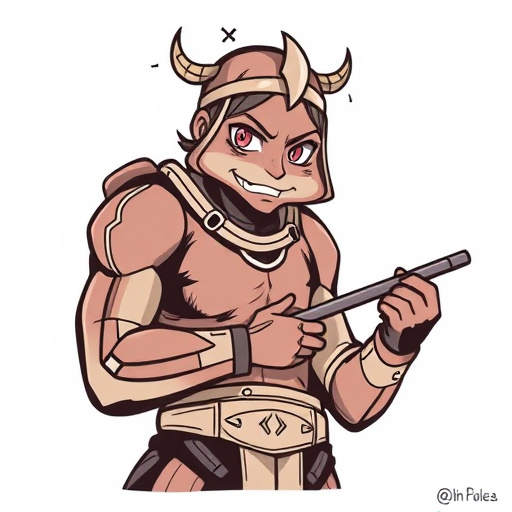
Direct-to-film transfers (DTF) are a process that involves capturing and transferring images or videos directly to film stock, offering a unique and artistic approach to cinematography. This method differs from traditional digital workflows, where content is first digitized and then printed or projected. DTF allows for a direct connection between the original media and the final product, resulting in a distinct aesthetic often characterized by rich textures and vibrant colors.
By using specific dimensional measurements, filmmakers can control various aspects of the transfer, such as aspect ratio, frame size, and resolution. These considerations play a pivotal role in defining the overall look and feel of the final film print, catering to different artistic visions and viewing preferences.
Dimensional Measurements in DTF: An Overview

Direct-to-film (DTF) transfers rely heavily on precise dimensional measurements to ensure optimal picture quality. These measurements encompass several critical dimensions, including resolution, aspect ratio, and color depth. The resolution, typically measured in pixels per inch (PPI), determines the sharpness and detail of the image. Aspect ratio refers to the width-to-height proportion, such as 16:9 or 4:3, which influences both the visual aesthetics and compatibility with various display formats. Color depth, often expressed in bits per channel, defines the range of colors that can be displayed, from 8-bit (256 shades per color) to 10-bit (1,024 shades per color) or higher.
Accurate dimensional measurements in DTF are vital for preserving the original content’s integrity and ensuring compatibility with modern display technologies. They allow for precise scaling, cropping, and formatting without introducing artifacts or losing visual fidelity. By meticulously capturing these dimensions, DTF transfers offer viewers an immersive experience that closely mirrors the intended cinematic look, enhancing the overall enjoyment of the film.
Categorization of DTF Transfers by Size
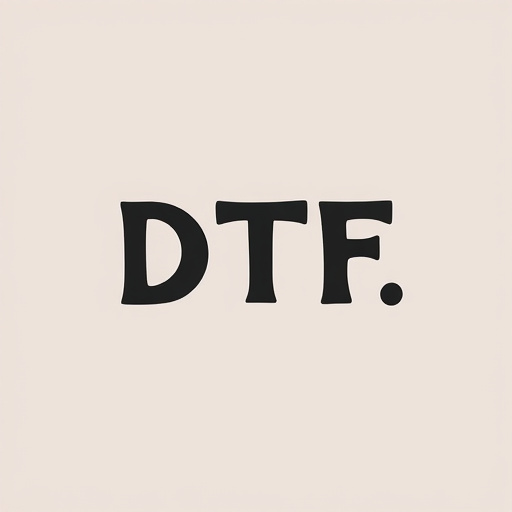
Direct-to-film (DTF) transfers are often categorized by their dimensional measurements, which play a crucial role in determining their quality and suitability for various applications. The size of DTF transfers can range from small formats like 35mm and 16mm, suitable for archival purposes and niche film enthusiasts, to larger formats such as 70mm and even oversized prints for cinematic displays or immersive theater experiences.
Each size category offers distinct advantages. Smaller formats are more accessible and cost-effective, making them ideal for personal collections and specialized viewing environments. Conversely, larger transfers provide a more immersive visual experience, capturing the intricate details and textures of the original film frame. This categorization system allows filmmakers, archivists, and enthusiasts to choose the optimal DTF transfer based on their specific needs and desired viewing experience.
Technical Aspects of Each Dimensional Category
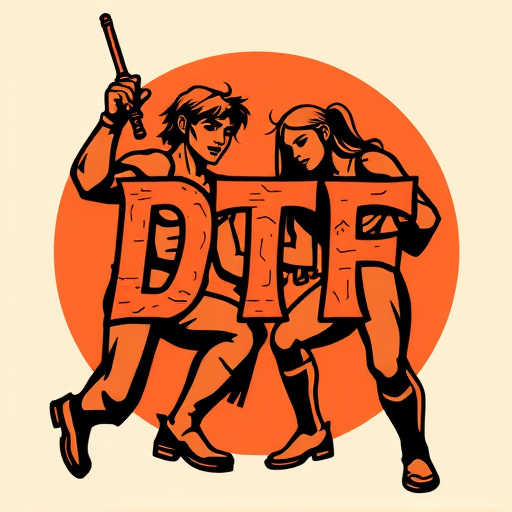
Direct-to-film (DTF) transfers, categorized by dimensional measurements, present distinct technical considerations. For instance, transfers with lower resolutions, such as 720p or 1080i, are often used for initial releases, offering a balance between quality and file size. These lower resolutions still deliver crisp visuals suitable for viewing at home, while saving on storage space and streaming bandwidth.
Conversely, higher-resolution transfers like 4K or even 8K provide unparalleled detail and clarity, ideal for premium home theater setups or cinematic viewing experiences. However, they significantly increase file sizes, requiring substantial storage capacity and faster internet speeds for efficient streaming or download. This dimensional aspect thus dictates not only the visual experience but also the logistical requirements for optimal DTF transfer and consumption.
Applications and Considerations for Different Sizes
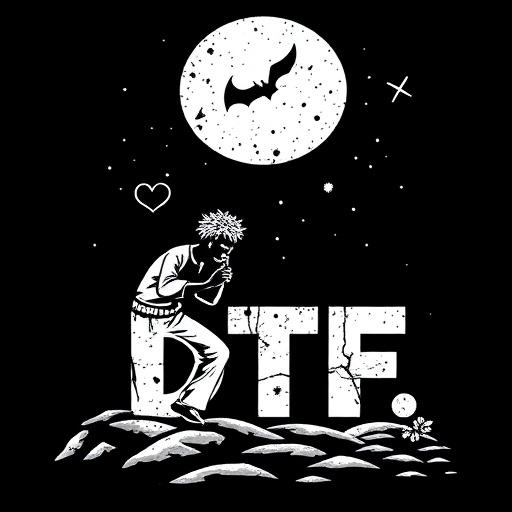
Direct-to-film (DTF) transfers come in various dimensional measurements, each with its unique applications and considerations. For instance, larger sizes are ideal for outdoor advertising, billboards, and public transportation, where high visibility and durability are paramount. These formats allow for impactful messaging and branding opportunities, ensuring that content can be easily seen from a distance.
Smaller DTF transfers, on the other hand, are perfect for indoor spaces like retail stores, museums, and art galleries. They enable detailed presentations of information, artwork, or promotional materials in controlled lighting environments. Considerations for these smaller prints include focus on high-resolution content to maintain clarity, as well as using suitable substrates that can withstand proximity viewing without damaging the print.
Future Trends in DTF Transfer Dimensions
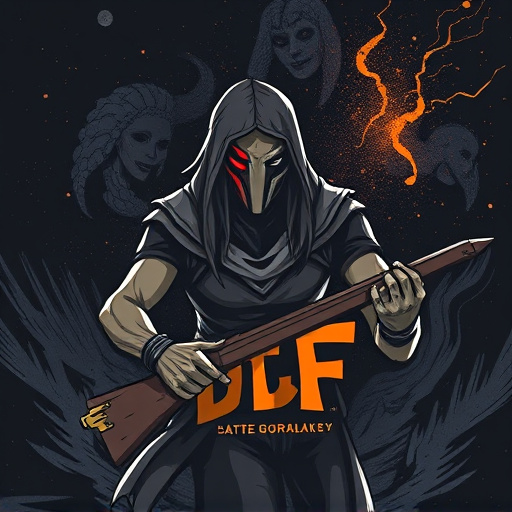
As technology advances, future trends in Direct-to-Film (DTF) transfer dimensions promise exciting developments. The industry is expected to witness a shift towards higher resolutions and larger format printing, enabling more immersive visual experiences. Miniaturization of equipment will also play a significant role, allowing for precise and detailed transfers on smaller scales, which was previously challenging.
These advancements are driven by the growing demand for realistic visuals in various sectors, including entertainment, advertising, and art. With the ability to capture intricate details, future DTF technologies will enhance the overall quality of film-to-print conversions, opening up new possibilities for creative expression and offering viewers a more captivating experience.
